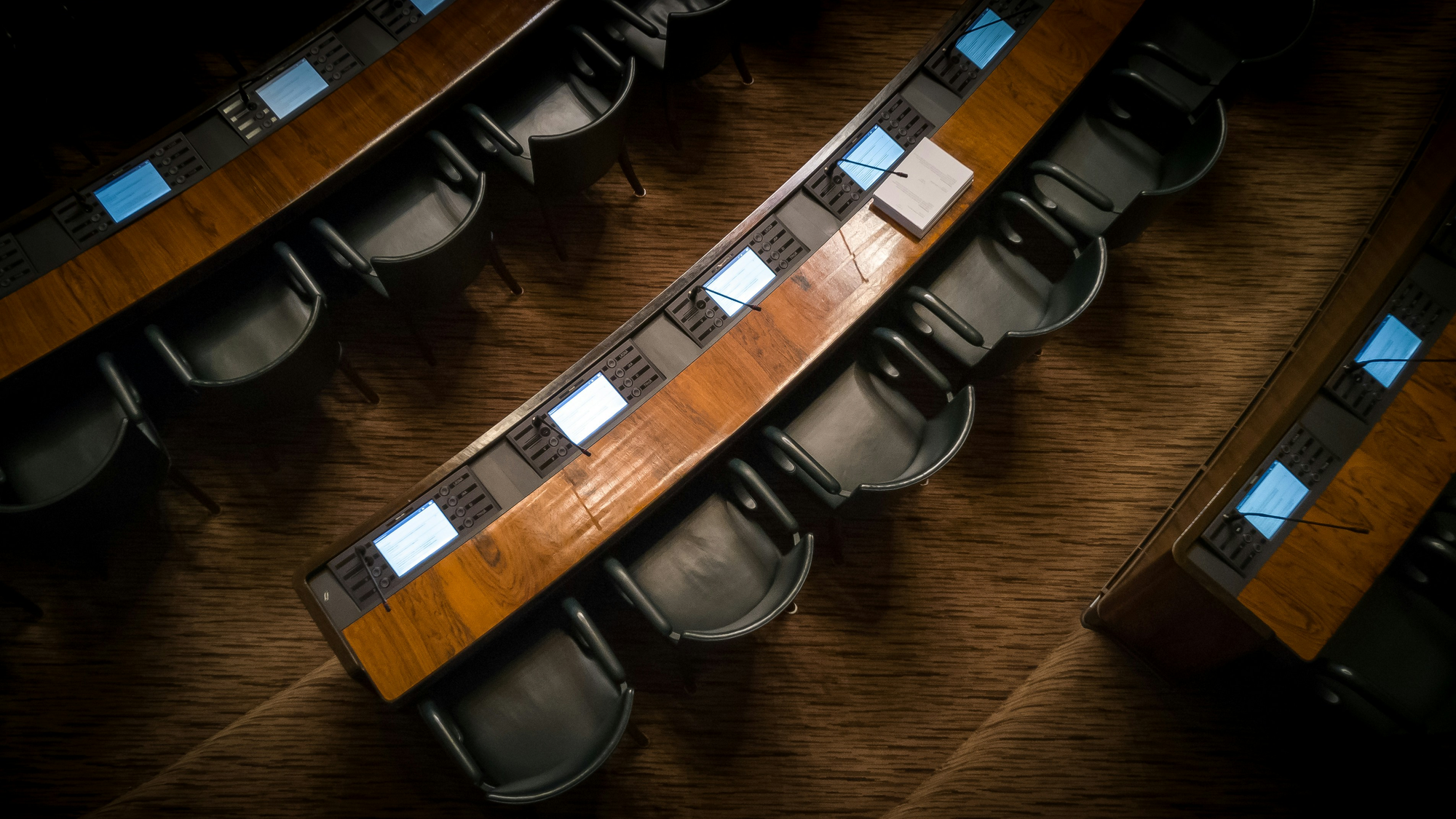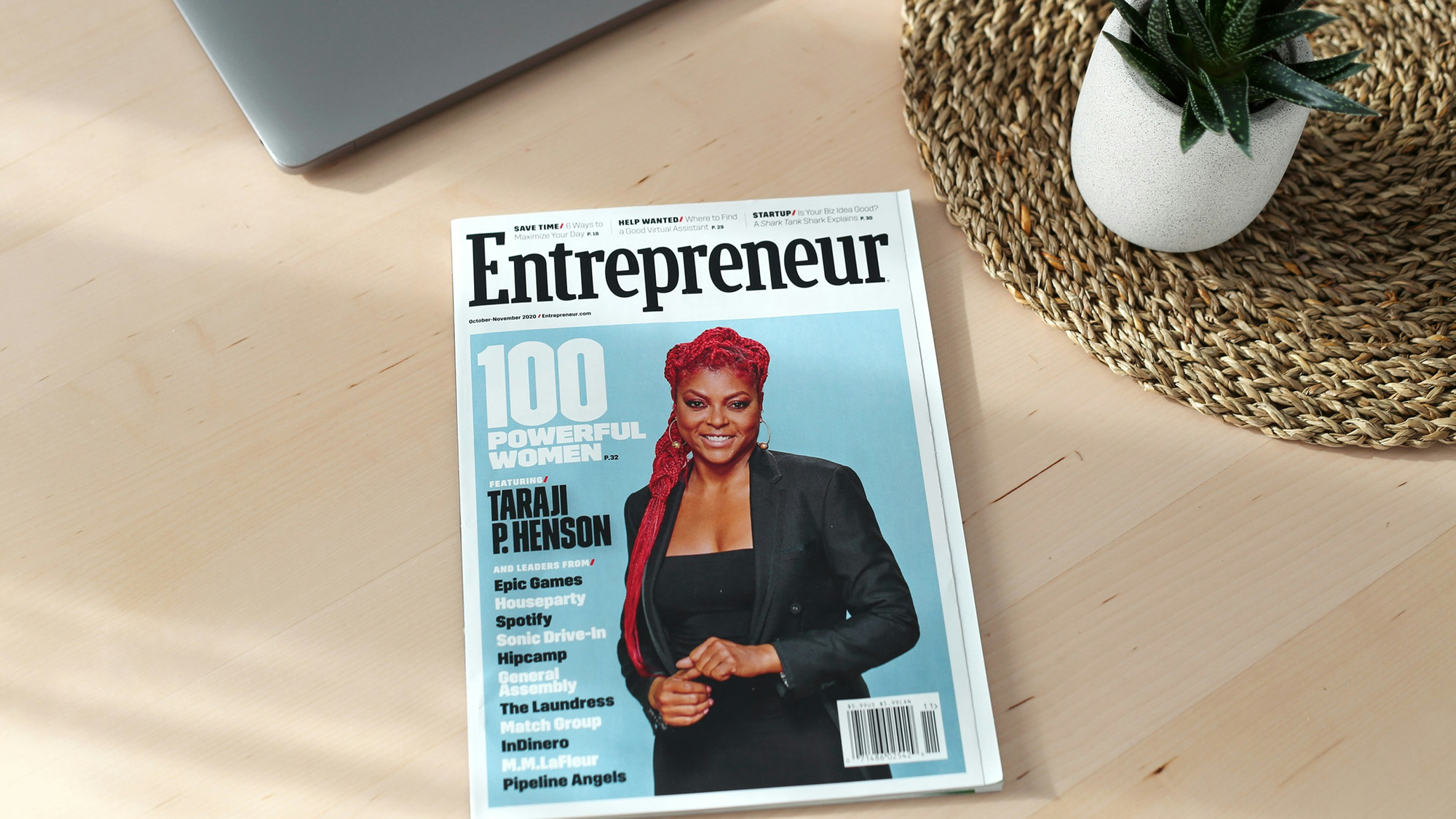The digital age has brought us instant updates, viral trends, and unlimited access to information—but it’s also blurred the lines between fact and fiction. From fake headlines on your feed to AI-generated hoaxes, misinformation is spreading faster than ever. It’s no longer just a fringe issue—it’s shaping elections, public health, and how we understand the world. So the real question is: in a world of noise, how do we find the truth?
Why Misinformation Is Everyone’s Problem
Misinformation isn’t just annoying—it’s dangerous. It affects how people vote, whether they trust vaccines, and what policies they support. Even when false stories are debunked, the damage is often already done. According to a 2023 Pew Research Center study, more than half of Americans say they find it difficult to distinguish real news from misinformation online. And the scariest part? Many don’t even realize when they’ve been misled.
We’re not just fighting fake news—we’re fighting fatigue.
Alicia Grant, a media literacy expert.
People are overwhelmed by the sheer volume of content thrown at them every day. It’s no longer just about staying informed—it’s about surviving the scroll.
How to Spot the Real From the Ridiculous
The good news is you don’t need a journalism degree to become a savvy news consumer. Just a little awareness can go a long way. Here are some easy ways to keep your feed clean and your brain unfooled:
- Check the source: Heard of the site before? Great. Never seen it and it’s riddled with ads? Be skeptical.
- Look for dates: Misinformation often recycles old stories, making them feel urgent when they’re not.
- Cross-reference: If a shocking claim is only showing up in one place, odds are it’s not credible.
- Watch the tone: Legitimate reporting doesn’t use all caps or twelve exclamation points to make a point.
- Use fact-checkers: Sites like Snopes, PolitiFact, and Reuters Fact Check are designed to help you separate facts from fiction.
These tips take seconds to apply, but they can save you from accidentally spreading something that’s completely false—or worse, harmful.
What’s Actually Being Done About It?
Social platforms like X (formerly Twitter), Instagram, and TikTok are under increasing scrutiny for how misinformation thrives on their watch. While they’ve added labels and fact-checking features, it’s still far from perfect. Algorithms are built to boost engagement, and guess what gets clicks? Outrage and sensationalism.

Governments around the world are starting to take it seriously too. Some are drafting legislation aimed at regulating harmful online content—but that opens up heated debates around censorship, free speech, and who gets to decide what’s true. In the meantime, schools and educators are stepping up. Digital literacy is slowly being added to curriculums, helping younger generations learn how to navigate a world where anyone can publish anything.
A Future With Smarter News (Hopefully)
Fixing the misinformation problem won’t happen overnight. But we’re not powerless. We can be more critical, question what we read, and encourage others to do the same. We can support quality journalism, share reliable sources, and resist the urge to instantly repost that spicy headline.


Think of it this way: every time you pause to fact-check before you share, you’re helping clean up the internet just a little bit.
So next time something wild pops up in your group chat or timeline—take a breath. Ask questions. Check the facts. Being informed today isn’t just about consuming news—it’s about actively filtering it.








